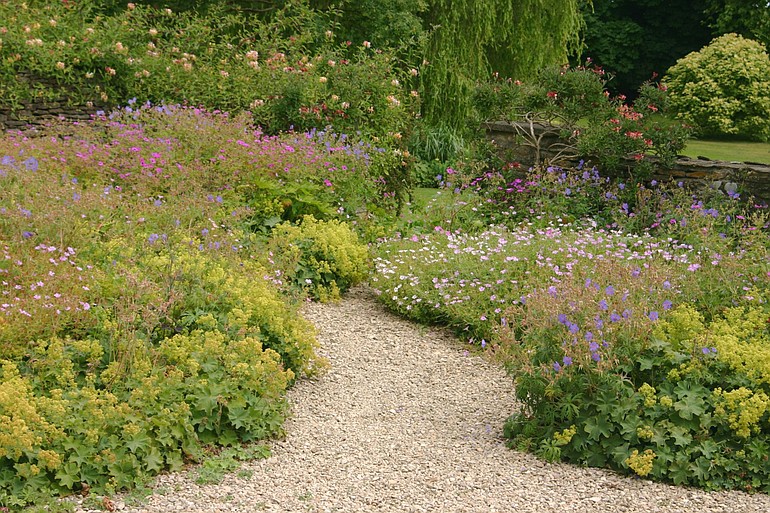Most of us who read the weekly garden column do so because we put our hearts into the act of gardening.
Only when we fall in love with all the possibilities do we begin to learn the naked truth. Where there is joy, there is often woe. It’s true; even the wonderful world of gardening is not all bliss and transfiguration. Flowers bloom and flowers fade. Despite our best efforts, the perfect lawn will sometimes have red thread, crane fly or crabgrass.
By the time we figure all this out, we’ve already made the commitment. Remember the infatuation of first love? It takes some time for the warts to show through, although they have been there all the time. It’s the same with gardening. Part of the learning process in the garden is an acceptance of the way things are meant to be. If you are lucky, you might even get a chuckle or two out of the trials and tribulations along the way.
Some of the letters that beginning gardeners send lead me to believe that we all have the same expectations when we begin to garden. I like the beginners’ questions because they have such high hopes. Which roses are totally carefree? What tree can I plant by my bedroom window that has scented blossoms, good fall color and won’t grow too big? Is there a list of flowers that bloom all year long? My arborvitaes are completely brown and brittle to the touch. If I cut them to the ground, will they come back?
Not until you are well into your second season do you really begin to recognize the truth about the garden life. Even the best roses have good years and bad years. No flowers bloom all year long. Many will lose their foliage, turn brown and leave a bare spot in the border when their flush of bloom is finished. Trees grow big. Pruning does not stop a plant from growing. If you plant a Douglas fir tree 10 feet from the front door, it will teach you a hard lesson one day by blocking your view and filling your gutters with needles and other debris.
None of this is reason enough to hang up your hoe. If we only settled for perfection in all we do, no one would garden or marry or throw birthday parties. The trick is to accept the ups and the downs with equal aplomb. If your roses have a bit of black spot in July, cut the longest stems all the way back, pull off and throw away the diseased leaves, and stick the flower in a vase. If they continue showing signs of disease in August and September, do some research and replace the roses you have now with varieties that are more disease resistant.
Garden designer Jens Jensen often told his students, “First grow cabbages. After that, plant a flower. When you have successfully grown a flower, then you can start to think about growing a tree. After watching a tree grow for several years … you can begin to think of a composition of living plants.”
In reality, most of us learn to garden on a slightly diminished time line. We buy a plant we love for its flower, form and color. We take it home and plant it in the ground. It grows and we repeat the process until we are hooked.
New gardeners want flowers in their borders that bloom all year long. What they learn along the way is how to make that happen despite the fact that one flower cannot do the job by itself. In early spring, the pale blue delphinium is a knockout in full bloom. When it dies back in June, the gardener plants a bright pink daylily to keep the garden interesting. In September, it’s time for the addition of a Japanese anemone and perhaps a hardy, fall-blooming chrysanthemum.
Of course, a gardener never stops learning. There will always be new plants, new methods and old ways of doing things to add to your repertoire. As the garden matures, so will your knowledge of how things work. By then, you will know more than you ever expected to know. You will no longer think there is a flower out there that blooms all year long. Like me, you will never stop hoping that one will come along some day.
Robb Rosser is a WSU-certified Master Gardener. Reach him at Write2Robb@aol.com.



